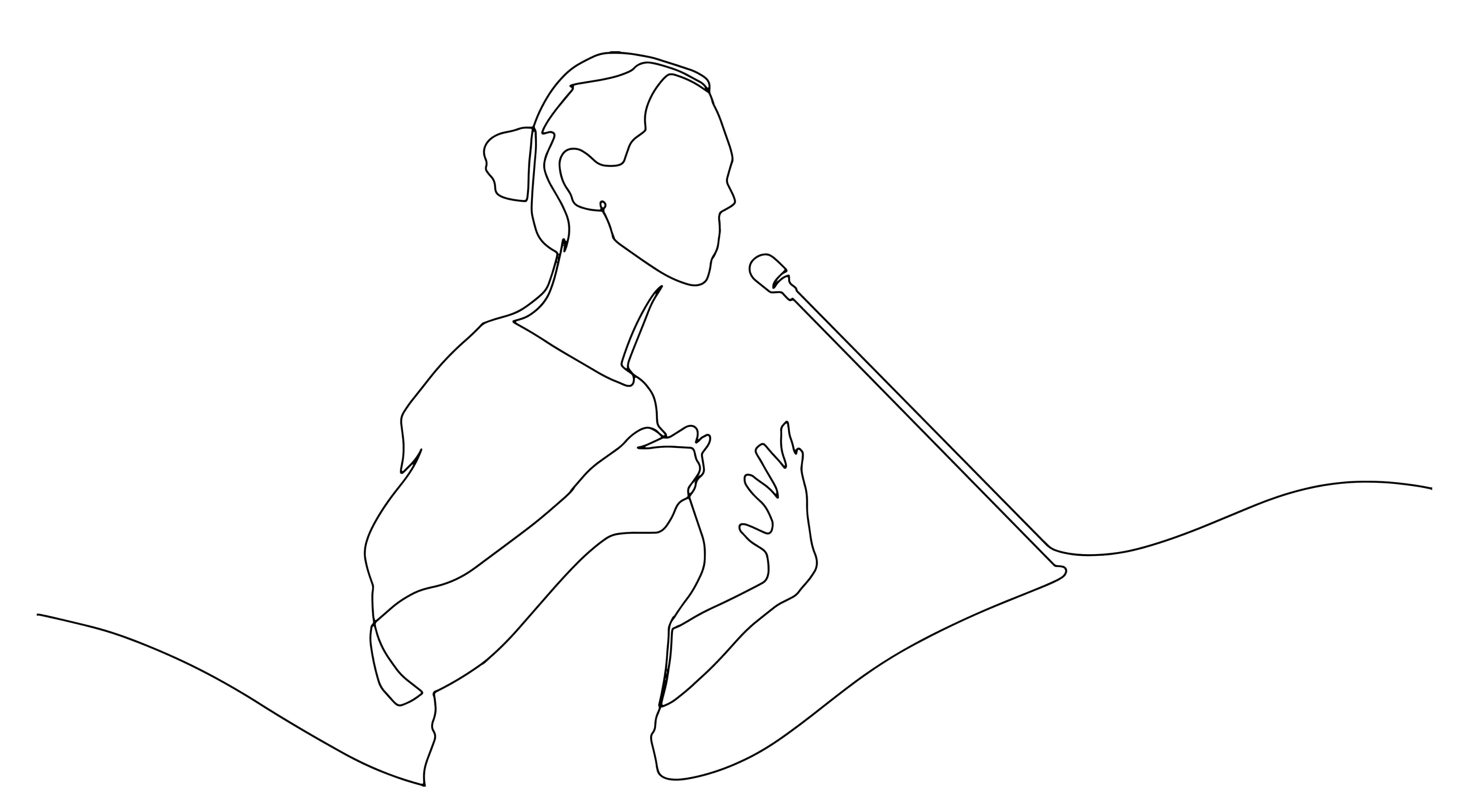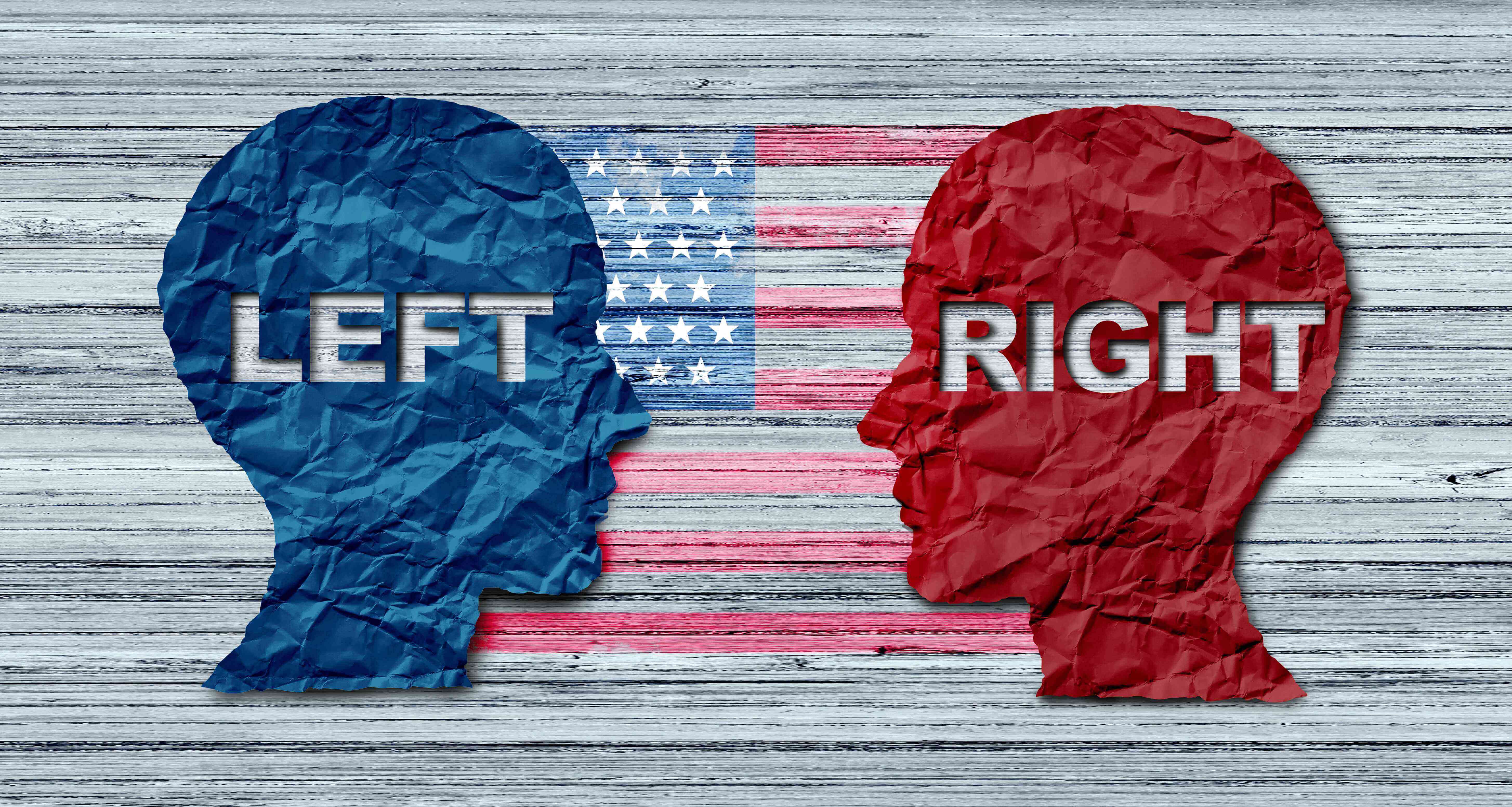Carney’s Promise To Take On Trump On Trade Will Have To Wait

Fresh off his election victory, Prime Minister Mark Carney promised to immediately take on U.S. President Donald Trump on trade. But the White House likely won’t turn its attention to North American trade talks until later this summer — a timeline that might actually work out better for Canada.
Canadian trade and political experts point out that the Trump administration is already facing rising domestic political pressure on its tariffs, and the economic pain is only expected to deepen. Carney’s government, meanwhile, needs to spend time bringing together domestic coalitions after a bruising election and crafting a clear posture on what it wants and what it can offer before it comes to the table with the U.S.
The support for a go-slow strategy was echoed in six interviews spanning the Canadian political spectrum, as well as with seasoned diplomats, business and trade specialists, all of whom have experienced Trump’s first presidency. They note that despite Carney’s electoral mandate to take on Trump’s persistent trade threat, Canada runs a trade deficit with the United States and is a much smaller economy.
“U.S. businesses are definitely worried by this, responding to this, making their voice heard in D.C.,” said Laura Dawson, a former senior high-tech business executive who now heads the Future Borders Coalition, which is made up of Canadian and American academics and businesses.
“Canada just needs to keep its powder dry,” Dawson added. “Make a plan of what it wants out of these negotiations, both defensive and offensive.”
But Trump administration officials are projecting confidence that Canada lacks the kind of economic leverage it would need to dictate the speed of negotiations.
Trump told reporters at a Cabinet meeting on Wednesday that Carney would come to the White House “within the next week or less,” and that the prime minister is looking to make a deal. Trump congratulated Carney over the phone on Tuesday, but when asked about the status of the trade talks that afternoon, said there was no update.
The Trump White House is currently focused on negotiating with countries in Asia and others that it has threatened to hit with the steepest so-called reciprocal tariffs in early July. Canada, along with Mexico, were exempted from those duties, which were supposed to go into effect in early April before Trump paused them for 90 days.
The expectation, according to two people close to the White House, is that negotiations to permanently remove the threat of painful 25 percent tariffs on Canada — which Trump mostly rolled back earlier this month — and other sector-specific tariffs are likely to be folded into the upcoming review of the U.S.-Mexico-Canada Agreement. That review is due in 2026, but the Trump administration wants to accelerate to this calendar year.
“It makes sense to separate out Canada and Mexico from the rest because they are going to want to redo the USMCA,” said one of the people close to the White House, who were granted anonymity to discuss ongoing deliberations. “They’re going to have separate tariffs that focus specifically on Mexico and Canada, and they’re going to take some actions to squeeze them a little bit.”
Some diplomats are warning that U.S. efforts to crack down on China by putting new guardrails on Canada and Mexico could complicate those talks.
"For Canada, the parts that deal with China [are] going to be tightened even more. It’s going to be reinforced,” said a third person close to negotiations, referring to the USMCA framework provisions on China.
Before it can effectively engage in those negotiations, Canada needs to get its own political house in order, the people interviewed for this report said.
The Canadian vote result all but transformed Canada into a two-party country like the U.S., with third and fourth parties, the NDP and Bloc Quebecois, severely sidelined. Rumblings about western separatism once again surfaced with traditional Alberta anger bubbling to the fore over the possibility of a fourth consecutive Liberal government.
Before Canada’s new prime minister can consider seriously engaging Trump, he must build unity and soothe hard feelings in all provinces, especially the energy-rich Prairies.
Erin O’Toole, a Hudson Institute distinguished fellow and former Conservative leader, said the new prime minister needs to project “that national unity is his top priority” so Canada can present a united front against the U.S. government.
“The vast majority of people in Alberta and Saskatchewan — and when I say vast, I mean 90 percent — will respect the decision, and will want our prime minister to do well [with] the United States,” O’Toole said.
O’Toole urged the new Canadian government to put energy at the center of a new economic and security negotiation with the Trump administration, leveraging not only Alberta’s fossil fuel wealth, but Saskatchewan’s potash and uranium, as well the country’s vast critical mineral wealth.
“I would want to get the premiers and the provinces to align, to do this sort of porcupine effect of working together and making it difficult [for the U.S.] to deal with Canada,” said O’Toole.
That could mean putting tariffs on future electricity exports to the U.S., which Ontario Premier Doug Ford threatened to cut off earlier this year, he said.
“Ford started speculating about it early on, that was not the appropriate time,” said O’Toole. “If Mr. Trump's just going to push his 51st state agenda … that has to be something that we have to resolve to bring into the conversation.”
Jason Kenney, former Alberta premier and ex-Conservative federal defense and immigration minister, agreed that leveraging Canada’s energy resources is the starting point to talks with the U.S., with one caveat: “It has to start with a reaffirmation that we are allies and not adversaries; that neither of us constitute a security threat to the sovereignty of the other partner.”
After that, Canadian negotiators must find a way to give Trump a win, and that could mean reviving the Keystone XL pipeline to ship Alberta oil to the Gulf Coast. The Canadian portion of the pipeline, linking Alberta to Montana, is already built, said Kenney.
Despite Trump’s rhetoric about not needing Canadian oil, Kenney said the president has said he wants Keystone XL to go forward.
“He’s given us a tell,” said Kenney. “That's one way he [Trump] could come away with the win, and we could come away with selling them an additional 800,000 barrels a day.”
Steve Verheul, Canada’s chief USMCA negotiator, said the next set of talks will expand beyond trade to include a broad swath of security concerns, especially energy security.
“This is where Canada also has a lot of leverage that it can bring to the table,” Verheul told a recent panel discussion at a Canadian think tank symposium.
“The U.S. will eventually figure out that isolation is not the best route for it to go down. It will start looking for allies again, and North America is its safest zone to do that.”
In the longer term, Canada will have to be mindful that any deal they do manage to strike with Trump may not be worth the paper bearing his Sharpie signature.
Canada needs to work towards a deal that eventually has “the seal of approval” by Congress, said Louise Blais, a former Canadian deputy U.N. ambassador and adviser to the Business Council of Canada, an umbrella group for chief executives of big companies.
“One of the issues that we're facing now is, even if you do strike a deal with this White House, there is no guarantee that it will be upheld. Right?”


